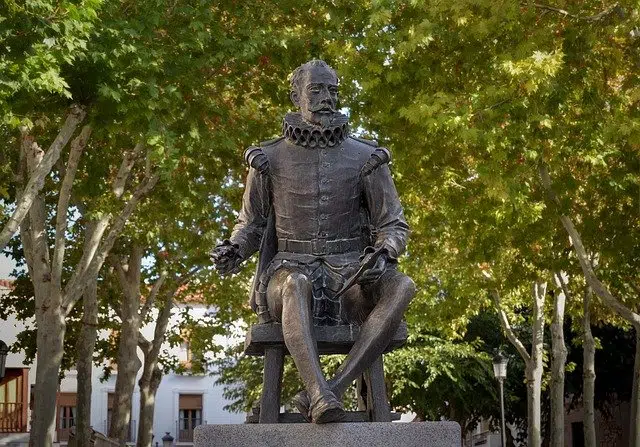
The term age can refer to the time that has passed since a person's birth.
Age , originating from the Latin aetas , is a word that allows us to mention the time that has passed since the birth of a living being. For example: “My daughter is three years old,” “When I was eight years old, I broke my leg playing soccer,” “The famous writer died at the age of 91 due to a painful illness.”
The notion of age offers the possibility, then, of segmenting human life into different time periods : “Childhood is the right age to start studying a new language,” “Old age should be a stage of rest and tranquility.”
Different uses of the concept of age
Of course, the idea of age can also have a connotation of maturity or old age: “My father is already of a certain age,” “I don't understand how they can hit an elderly person like that.”
Likewise, the space that elapsed from one time to another is also usually called age: “At your grandmother's age, children did not address their elders” , “Things are done differently at our age” .
Periodization of history
Age is, furthermore, a periodization into which History can be divided. In this context, it is interesting to mention that historiography appeals to two great historical moments: prehistory and history . The prehistoric ages are those that began with the appearance of the first homo sapiens and extend to the invention of writing. These are, according to historians, the Stone Age , the Bronze Age and the Iron Age .
The historical ages are, for their part, the Ancient Age (from the emergence of writing to the moment when the Roman Empire disintegrated), the Middle Ages (from the disappearance of the Roman Empire to the invention of the printing press or the discovery of America), the Modern Age (from these events to the French Revolution) and the Contemporary Age (which reaches to the present day).

The stage in which Castilian reached its peak is known as the Spanish Golden Age.
The Spanish Golden Age
The period in which the Spanish language reached its maximum splendor is known as the Spanish Golden Age, thanks to the work of grammarians and humanists who helped establish the language, and to the great writers who gave it strength and beauty with their works. Likewise, the syntax was simplified and the vocabulary was freed from Latinisms, making the language more flexible.
On the other hand, the growth of the Spanish empire, due to the discovery of America and the presence of Spain in Italy and the Netherlands, allowed the language to spread more than ever, giving writers unprecedented opportunities to make their works known to the world. a much larger audience.
Spanish-speaking authors of this time were especially influenced by literature from Greece, especially in terms of themes and mythological presence, Italy, by writers such as Dante and Petrarch, as well as by the Latin works of Horace. and Virgilio, the Hebrew and the Flemish.
During the first half of the 16th century, two trends can be seen in Spanish poetry: the Castilian poetry of the songbook and the Italianate poetry, which coexisted. Representatives of these changes were Juan Boscán, Garcilaso de la Vega, Diego Hurtado de Mendoza and Francisco Figueroa. The modifications were made around the sonnet, the tercet, the hendecasyllable meter and the lyre.
Another fundamental element of this literary revolution was the picaresque novel , which originated with the publication of "Lazarillo de Tormes" in 1554. This type of composition, opposed to pastoral and chivalric ones, dealt with the social problems of Spain. The figure of the rogue is the protagonist, narrator and critic of society.
